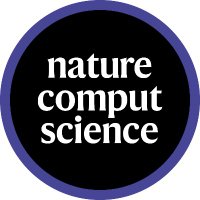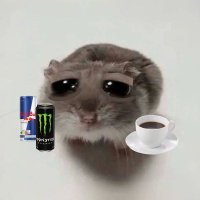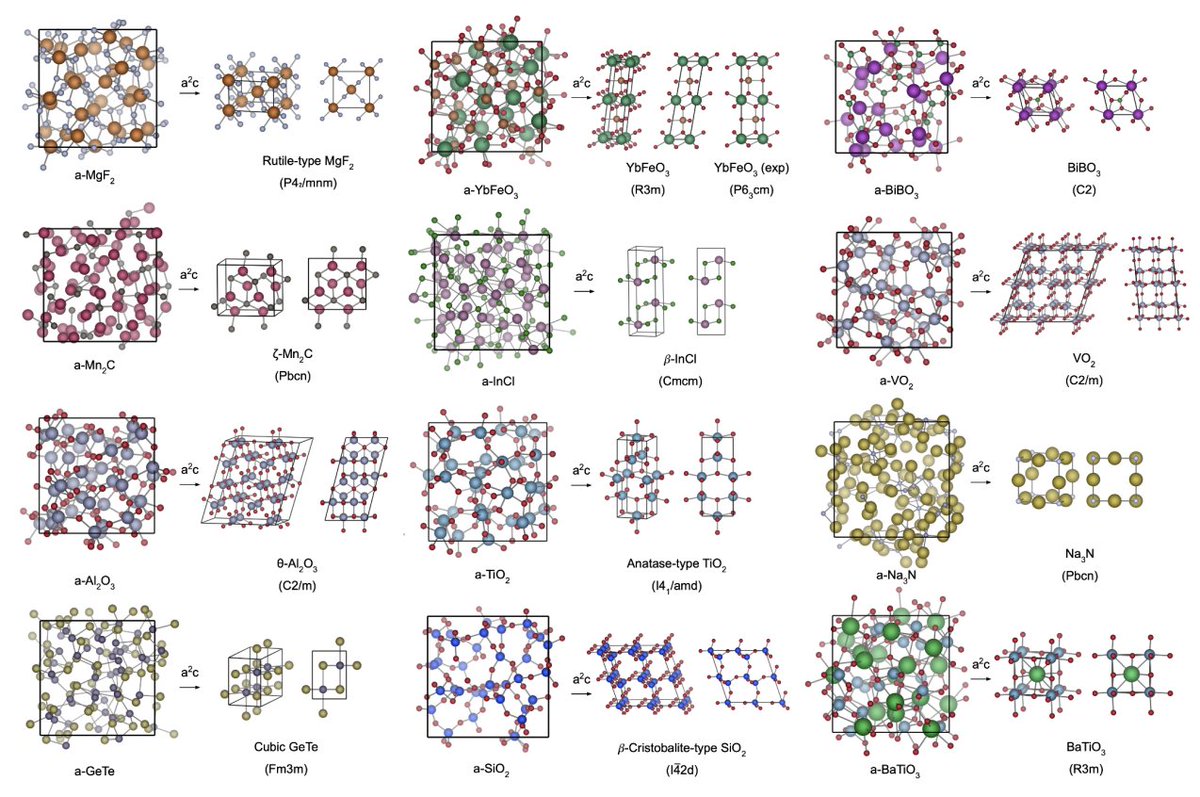
Ekin Dogus Cubuk
@ekindogus
Lead of materials science and chemistry at Google DeepMind
ID: 1360892702
18-04-2013 03:04:51
554 Tweet
3,3K Takipçi
396 Takip Edilen


Exciting work lead by Sherry Yang exploring hierarchical models (LLMs+diffusion) for material search given a language query/specification. See thread 👇for details



Excited to share our new paper “Efficient Exploratory Synthesis of Quaternary Cesium Chlorides Guided by In Silico Predictions” in J. Am. Chem. Soc.. Exploratory synthesis is expensive and target prioritization is critical to improve chances of synthesis. pubs.acs.org/doi/full/10.10…



Really cool work from our materials and chemistry team Google DeepMind showing how guidance from GNoME, our AI model predicting computationally stable materials, can accelerate exploratory synthesis of an important class of materials in the lab.


Google DeepMind's public policy team have published an article that describes the philosophy and practical experience of the Google DeepMind Science team and how we collaborate with our various external experts and partners.


📢Muratahan Aykol, Ekin Dogus Cubuk and colleagues from Google DeepMind introduce a computational approach to predict the most likely crystallization products from amorphous precursors, which has the potential to help with the synthesis of new materials. nature.com/articles/s4358…

Our paper on predicting the emergence of crystals from amorphous precursors with deep learning potentials is now published in Nature Computational Science! 🎉 Google DeepMind

Congrats to Ekin Dogus Cubuk, Muratahan Aykol, and the entire Google DeepMind team on a very interesting publication. The momentum is continuing to build in this field - the future of science is here 🔥


Muratahan Aykol Ekin Dogus Cubuk Google DeepMind An accompanying News & Views for this paper by J. C. Schön is now available! nature.com/articles/s4358… 🔓rdcu.be/d9CXZ







